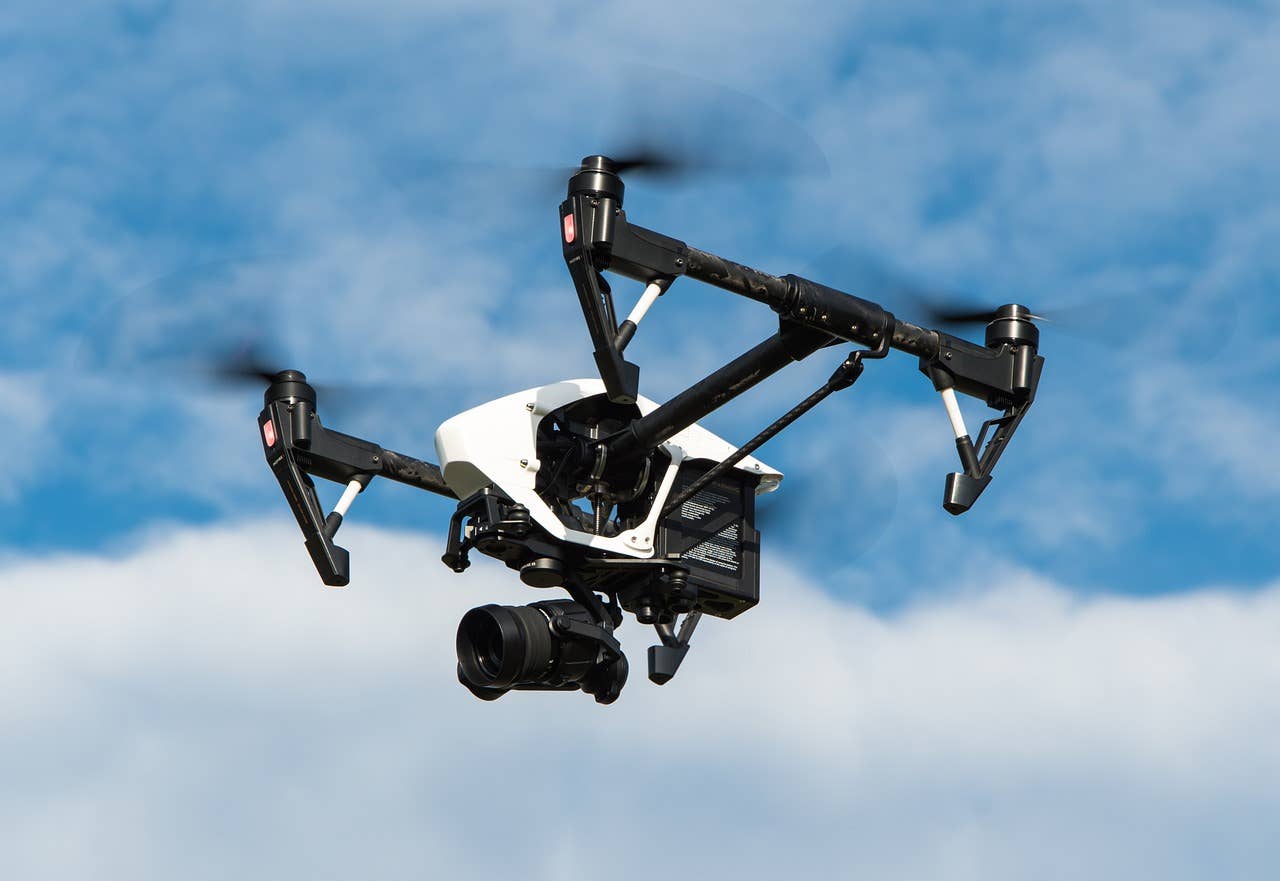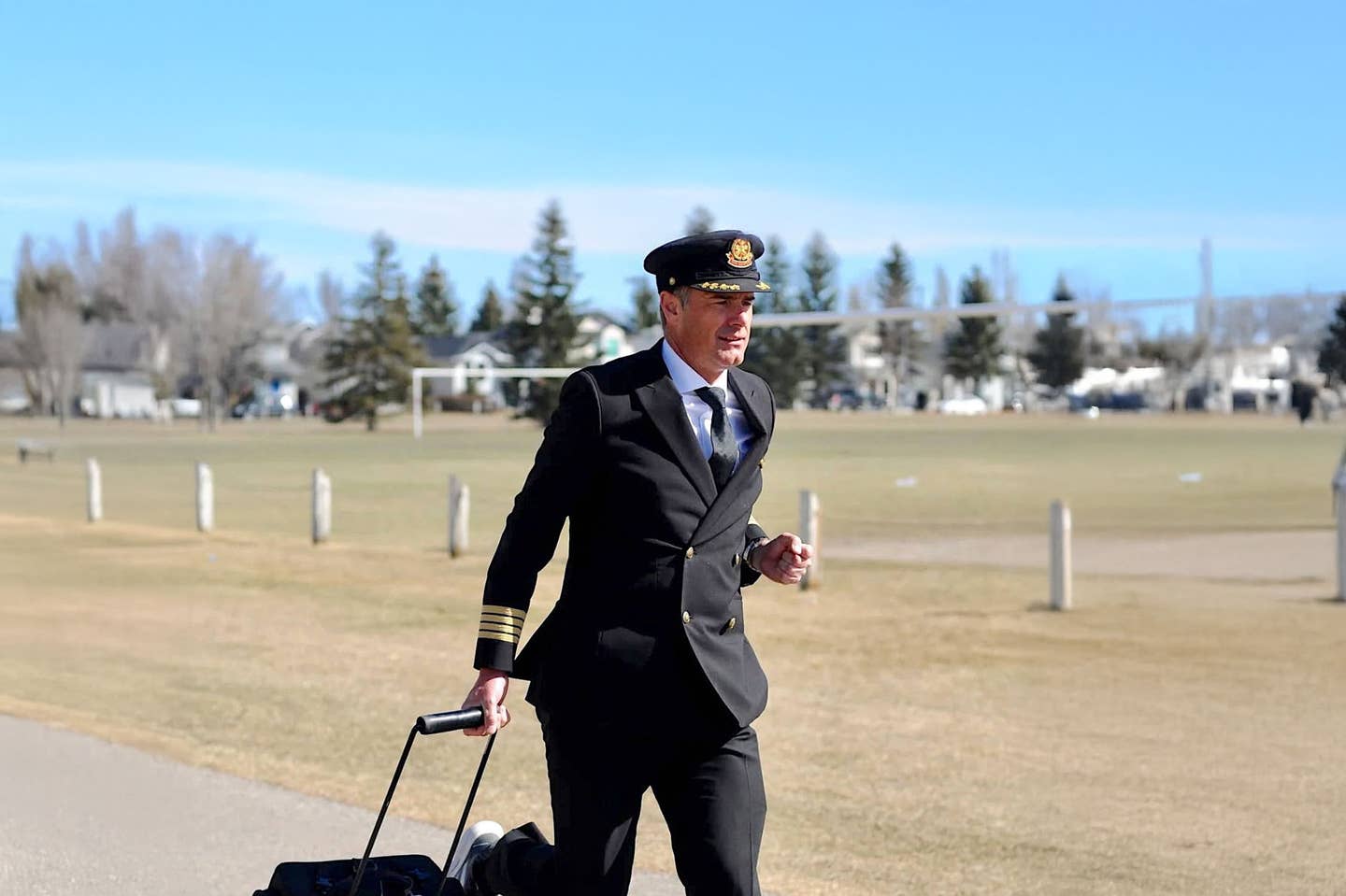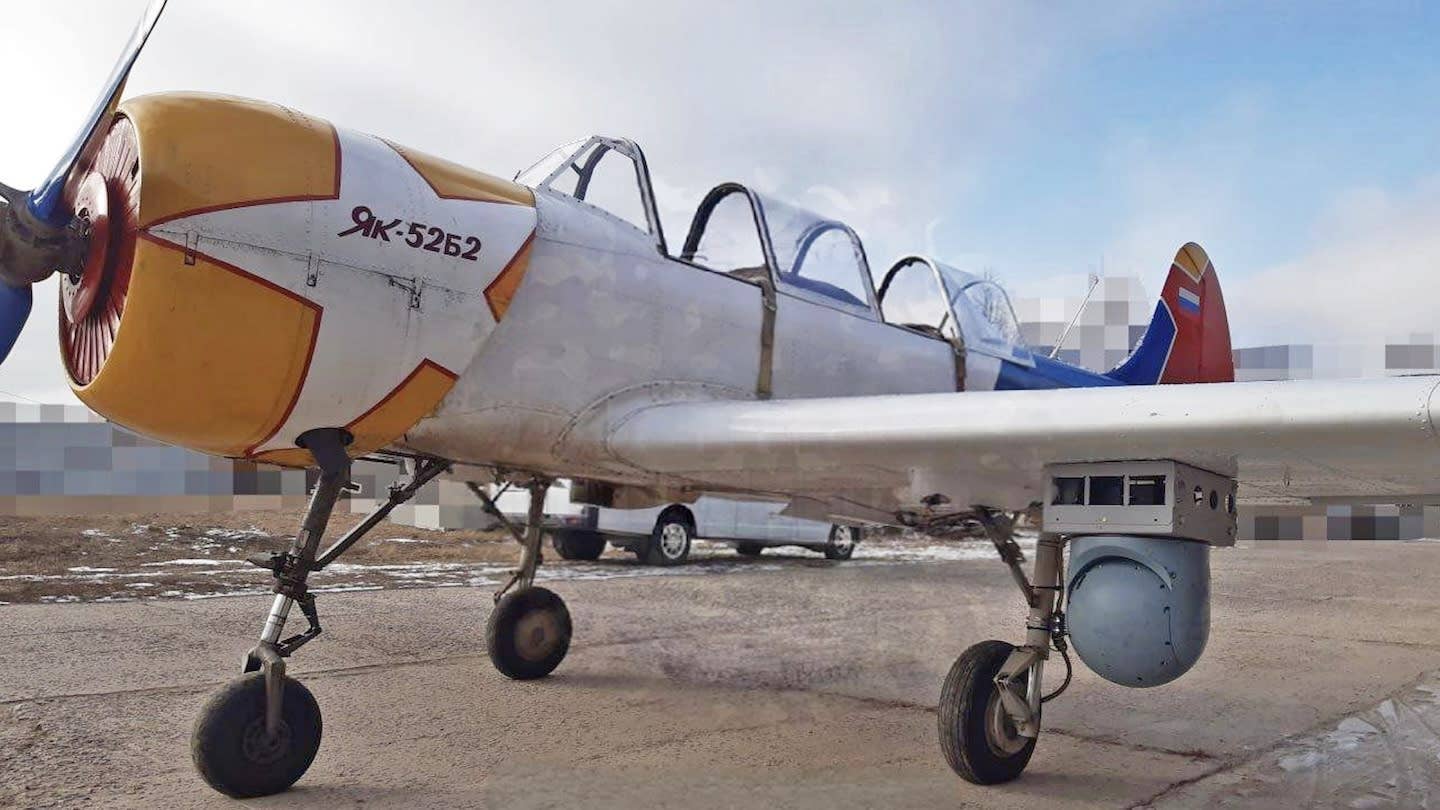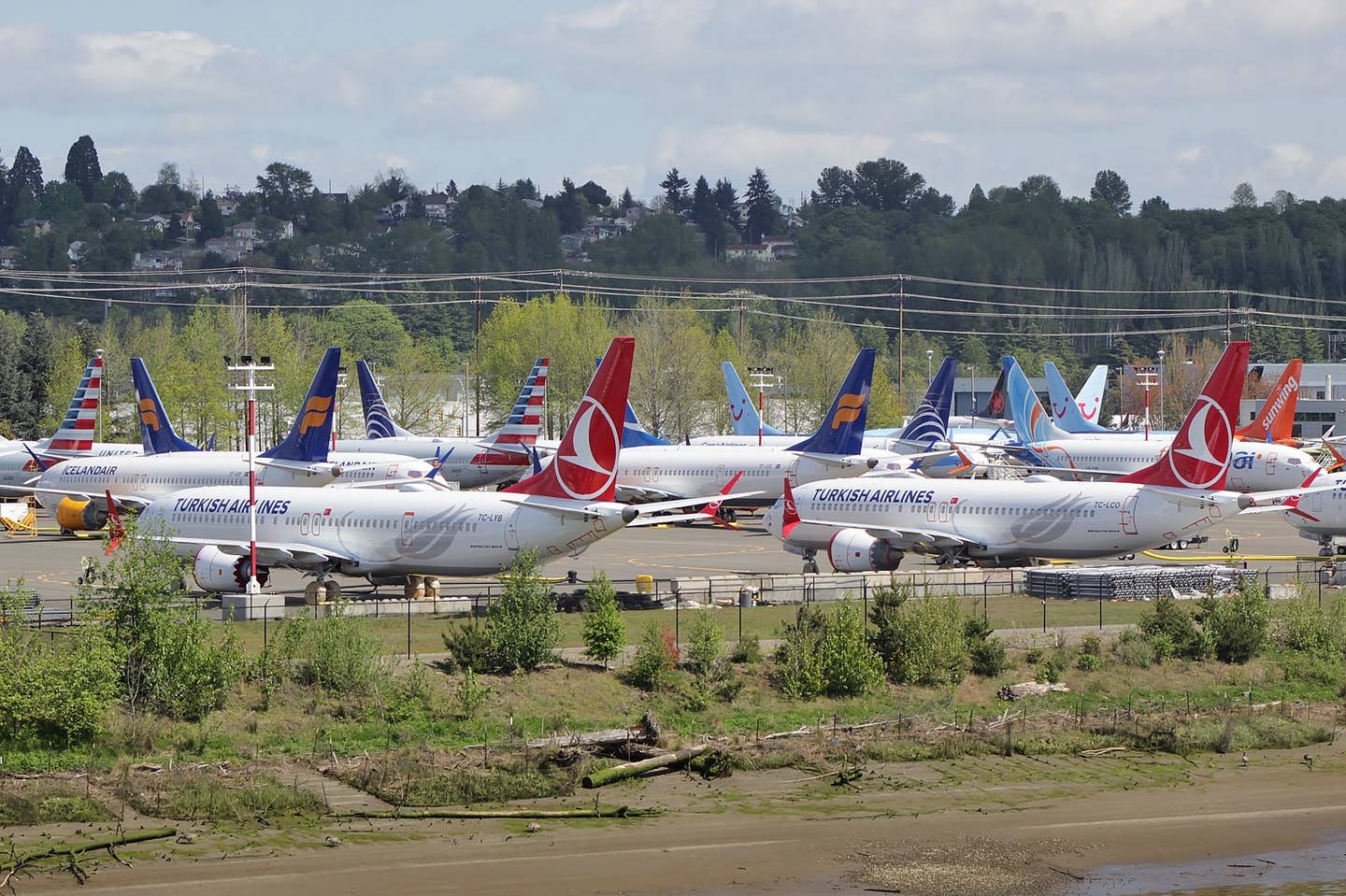FAA Announces New Drone Regs
Unmanned aerial vehicles operating in FAA airspace will soon be required to have Remote ID identification capabilities. Initially proposed one year ago, the Remote ID rule will go into effect…

Unmanned aerial vehicles operating in FAA airspace will soon be required to have Remote ID identification capabilities. Initially proposed one year ago, the Remote ID rule will go into effect 60 days after its publishing in the Federal Register, which is expected to happen in January. Remote ID transmits the location and identity of the drone as well as the location of the control station/operator.
According to the FAA, “The new rules will require Remote Identification (Remote ID) of drones and allow operators of small drones to fly over people and at night under certain conditions. These rules come at a time when drones represent the fastest-growing segment in the entire transportation sector—with currently over 1.7 million drone registrations and 203,000 FAA-certificated remote pilots.” The FAA says the new rule builds on previous steps to manage the proliferation of drones in the U.S.
“These final rules carefully address safety, security and privacy concerns while advancing opportunities for innovation and utilization of drone technology,” said DOT Secretary Elaine Chao. FAA Administrator Steve Dickson added that “the new rules make way for the further integration of drones into our airspace by addressing safety and security concerns. They get us closer to the day when we will more routinely see drone operations such as the delivery of packages.”
Hobbyists were concerned that model aircraft would be caught in the rules change. There was considerable pushback early this year when the FAA published the proposed rules and a significant number of public comments expressed worry that model flyers would be burdened. The FAA made small changes in the final document relating to approved flying locations and the procedure to get them approved, which apply to model aircraft flown within line of sight of the pilot.
"There are many provisions in the proposed Remote ID rule that EAA believed were unacceptable and we are pleased to see that many of our comments were incorporated in the final rule," said Sean Elliott, EAA's vice president of advocacy and safety. "As with any rule, it is not perfect, but EAA feels that the rules are far more workable as a result of the FAA's consideration of the more than 50,000 comments made to the proposed rule. This includes our foundational principles that any Remote ID rule ensure that manned aircraft continue to have unfettered access to the airspace system, no new regulatory burdens would be placed on manned aircraft operations, and no new equipment would be mandated for manned aircraft as part of this rule."






